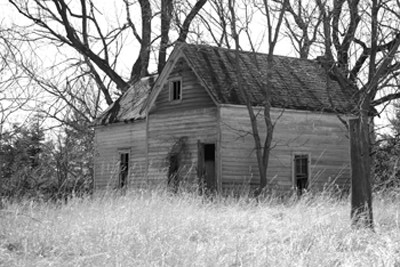Items that heat up your depreciation deductions
With the winter season upon us, a number of property investors may be thinking of doing nothing more than curling up under a rug in front of a wood fire with a good cup of coffee.

While this might sound tempting, it’s also tax season and the perfect time to obtain a comprehensive tax depreciation schedule that ensures you maximise the deductions you can claim from an investment property.
Many of the items which make your home a cosy place to spend the winter months can also be found within an investment property.
When an investor asks a specialist Quantity Surveyor to complete a depreciation schedule for their property, they will perform a detailed site inspection to make sure that no items are missed.
One of the reasons investors often miss out on deductions at tax time is because they don’t seek expert advice. Quantity Surveyors are recognised under Tax Ruling 97/25 as one of a few professionals with the knowledge necessary to estimate construction costs for depreciation purposes.
To demonstrate some of the items which heat up the deductions you can claim from an investment property, let’s take a look at an example of the depreciation claims available in the first financial year in the following graphic.

The depreciation deductions in the above example have been calculated using the diminishing value method.
Capital works deductions have been calculated at a rate of 2.5 per cent. The immediate write-off rule and low-value pooling have been applied for applicable items.
There are two types of claims available in any income producing property as demonstrated by the graphic above; capital works deductions and plant and equipment depreciation*.
Capital works deductions apply to structural and fixed items within a residential property; for example the kitchen cupboards, walls, doors, drawers and shelving. Structural items will depreciate at a rate of 2.5 per cent per year over forty years so long as construction commenced after the 15th of September 1987.
An investor could claim $586 in the first financial year for the kitchen cupboards and $140 for the serving bar in the above property. Tiles on the splashback would also result in $74 in capital works deductions in the first year for the owner.
Any of the easily removable plant and equipment assets found during a site inspection of a property may also entitle the owner to claim depreciation deductions. Examples of plant and equipment assets as demonstrated above include the refrigerator, the range hood, furniture, light fittings, floating timber floors, the gas heater and ducted gas floor heating.
Unlike capital works deductions, depreciation for plant and equipment are calculated based on an individual effective life and depreciation rate set for each asset by the Australian Taxation Office.
In the above example, an investor could claim $398 in first year deductions for the range hood, $767 for the refrigerator, $176 for the light fittings, $820 for the gas heater and $512 for ducted gas floor heating. The smoke alarm, which costs less than $300 will entitle the owner to an immediate write-off for this item, meaning they can deduct its full value in the first financial year and claim $232 in deductions.
In total, an investor is able to claim $800 in capital works deductions and $4,228 in plant and equipment depreciation, a grand total of $5,028 in depreciation deductions in the first year for this area of the property alone. Additional deductions will also be available for the walls, doors, ceiling and joinery and any other eligible capital works or plant and equipment items found in the rest of the property.
*Under proposed changes to legislation, investors who exchange contracts on a second hand residential property after 7:30pm on 9th May 2017 will no longer be able to claim depreciation on plant and equipment assets. Investors who purchase a new property will be able to continue to claim these items as they were previously. We are currently speaking with government to further understand the intricacies relating to the proposed changes. To learn more visit www.bmtqs.com.au/budget-2017.
Date: 20 Jul 2016
By: BMT team
www.bmtqs.com.au
